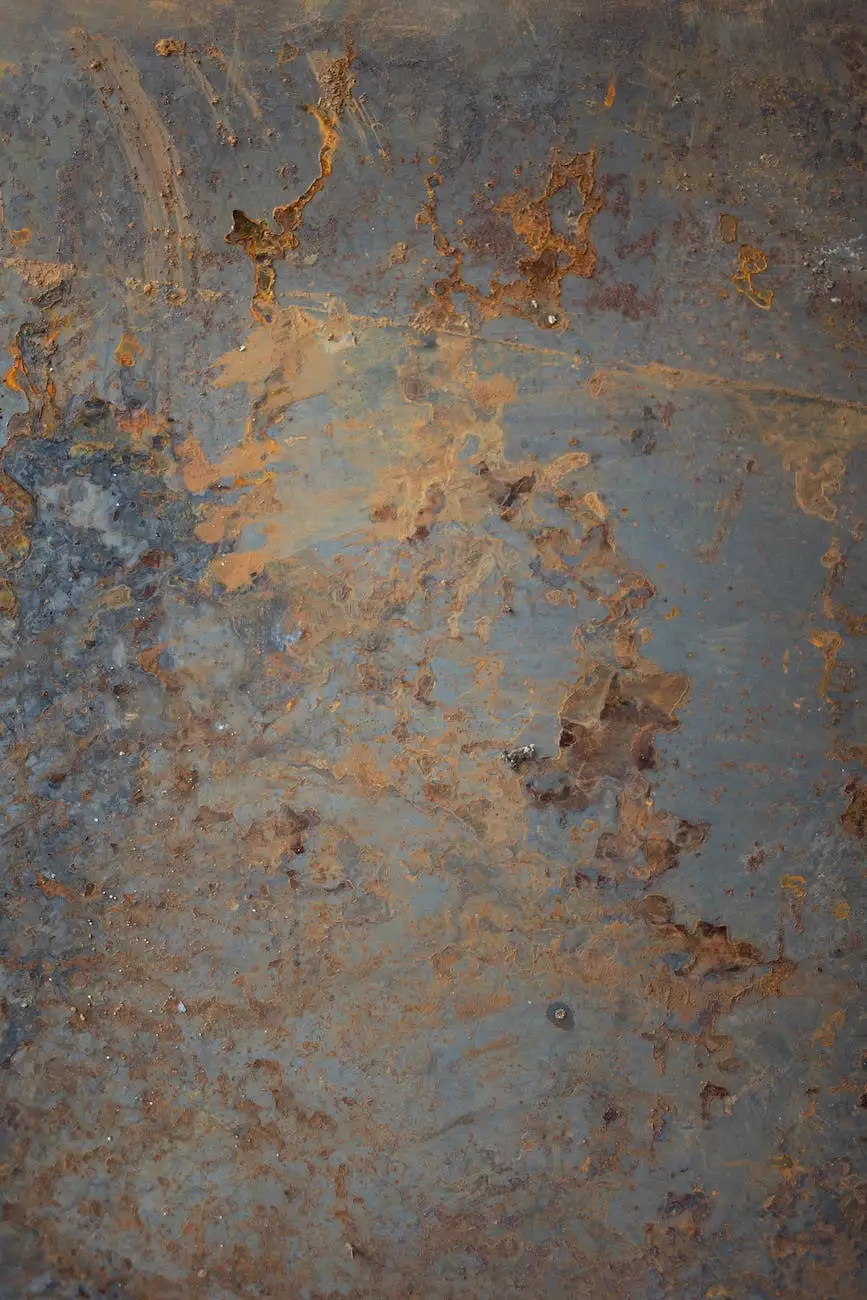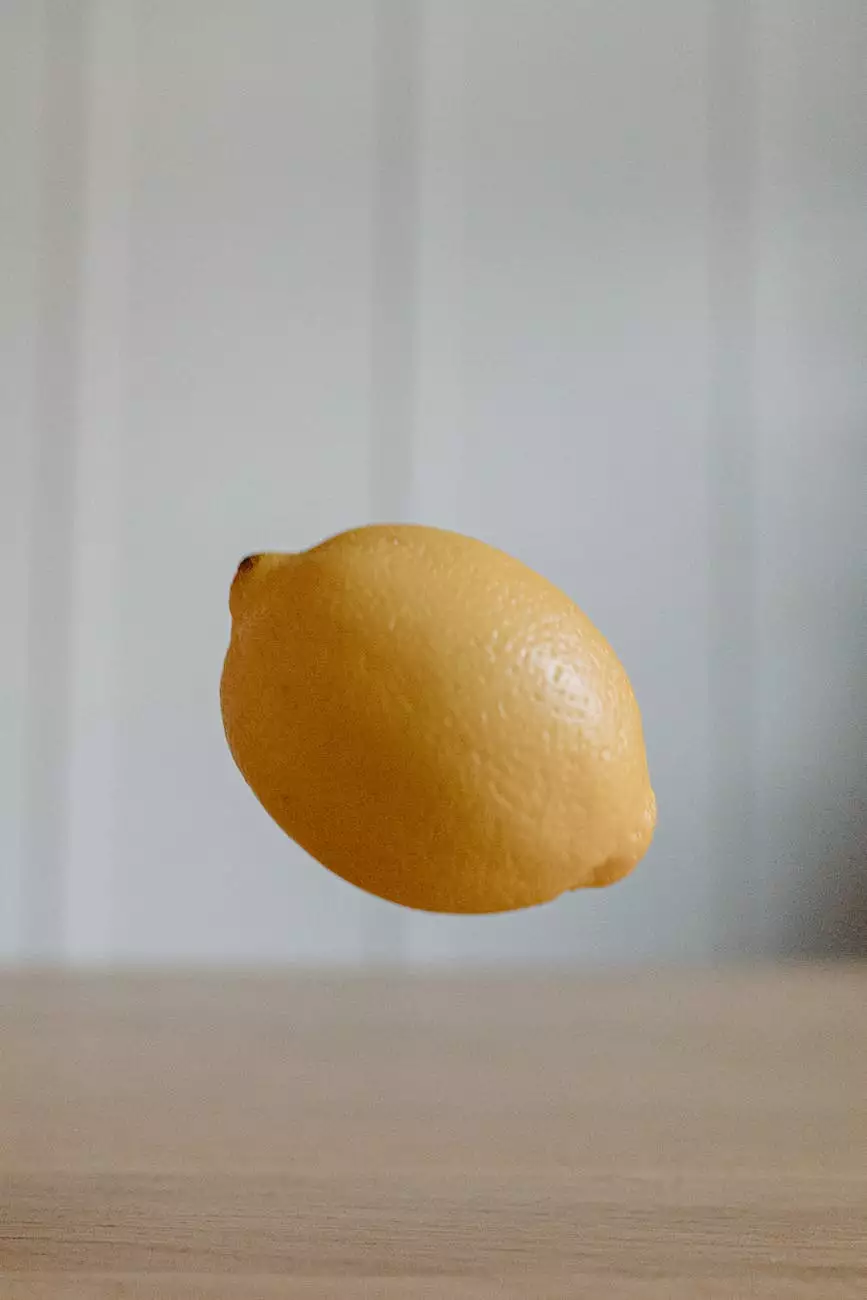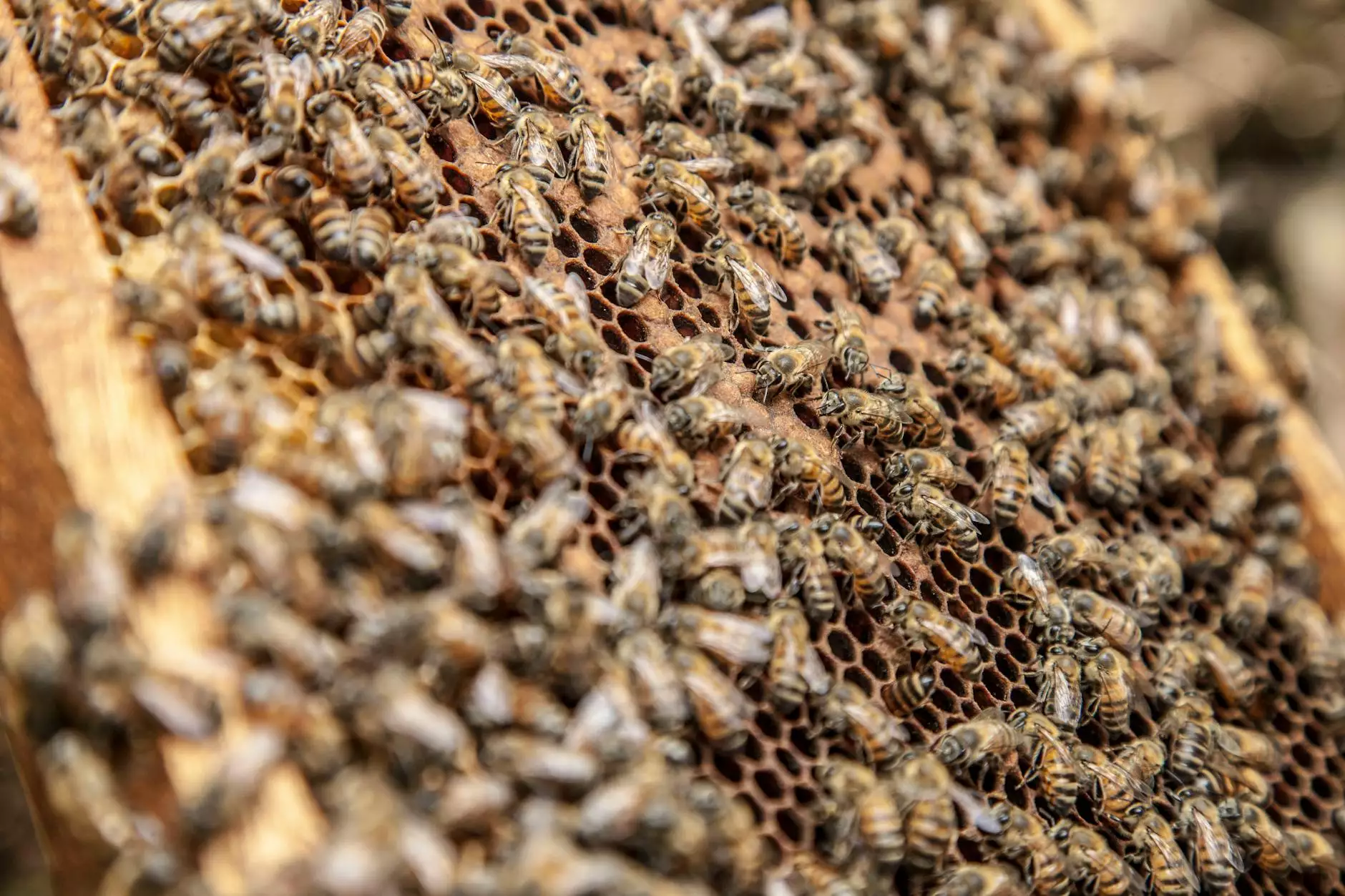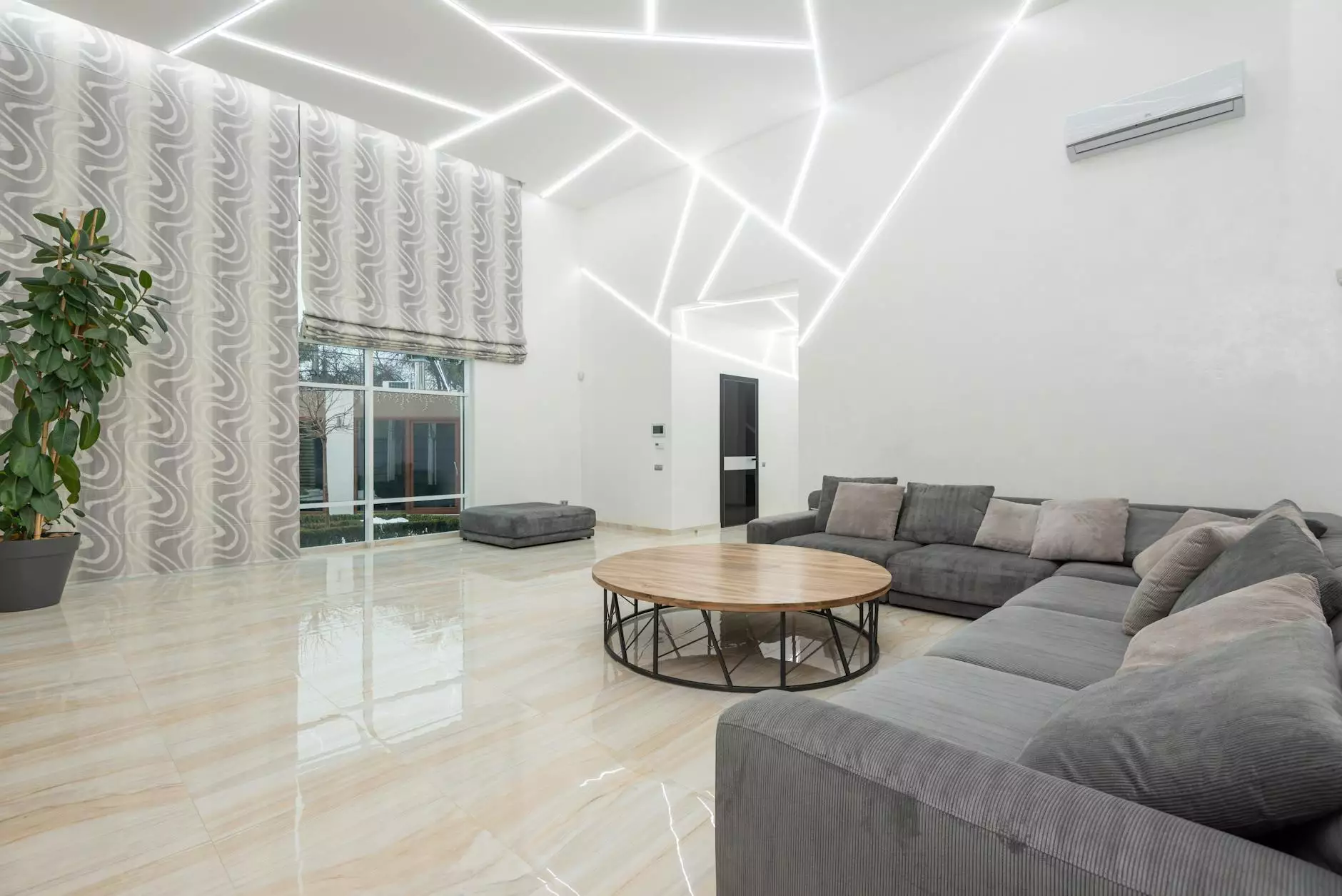Definition of the term Alligatoring
Services Offered
Welcome to Nicholas Home Inspection & Consulting, your trusted partner in the business and consumer services industry, specializing in high-end consulting and analytical services. In this article, we will provide you with a comprehensive definition and detailed explanation of the term Alligatoring.
Understanding Alligatoring
Alligatoring is a common term used in the property inspection and assessment field, specifically related to architectural finishes such as paint or coatings on surfaces. It refers to a pattern that resembles the skin of an alligator or crocodile, characterized by a cracked surface that resembles a series of interconnected scales.
This phenomenon usually occurs when the paint or coating on a surface undergoes extensive aging or undergoes repeated stress due to environmental factors or improper application methods. Alligatoring is often observed in older properties or surfaces that have not been properly maintained.
Possible Causes of Alligatoring
Various factors can contribute to the occurrence of alligatoring on surfaces. Understanding the potential causes can help in determining the appropriate steps to prevent or address this issue effectively. Some common causes include:
- Age of the finish: Over time, paint or coatings naturally age and deteriorate, which can lead to the formation of alligatoring.
- Excessive sun exposure: Prolonged exposure to harsh sunlight can cause the surface to expand and contract, resulting in alligatoring.
- Moisture damage: Water intrusion or high humidity levels can lead to blistering and cracking of the surface, eventually causing alligatoring.
- Improper surface preparation: Failure to adequately clean, prime, or sand the surface prior to applying the finish can create adhesion issues, leading to alligatoring.
Identifying Alligatoring
Recognizing the signs of alligatoring is crucial for effective property maintenance and inspection. Here are some key characteristics to look out for:
- Cracked surface resembling scales or the skin of an alligator or crocodile.
- Visible lines or patterns on the surface, indicating the interconnected cracks.
- Flaking or peeling of the paint or coatings.
- Different layers of paint or coatings separating from each other.
Addressing Alligatoring
Dealing with alligatoring requires a systematic approach to ensure optimal outcomes. Here are some recommended steps for addressing this issue:
- Clean and prep the surface: Thoroughly clean the surface to remove any dirt, debris, or loose paint. Properly sand the area for better adhesion.
- Repair any underlying damage: If there are any structural issues or water damage, address them before proceeding with the reapplication of a new finish.
- Prime the surface: Apply a high-quality primer to enhance adhesion and create a smooth base for the new paint or coating.
- Apply a new finish: Choose a premium paint or coating that is suitable for the specific surface and follow the manufacturer's instructions for application.
- Maintain regular inspections: Conduct periodic inspections and maintenance to identify and address any signs of alligatoring in its early stages.
Trust Nicholas Home Inspection & Consulting
If you're experiencing any issues related to alligatoring or require professional assistance in the field of property inspection and assessment, Nicholas Home Inspection & Consulting is here to help. Our high-end consulting and analytical services are designed to ensure thorough evaluations and provide you with the best possible solutions.
With our team of experienced professionals and extensive knowledge of the industry, we guarantee exceptional results and customer satisfaction. Contact us today to learn more about how we can assist you with your specific needs.










